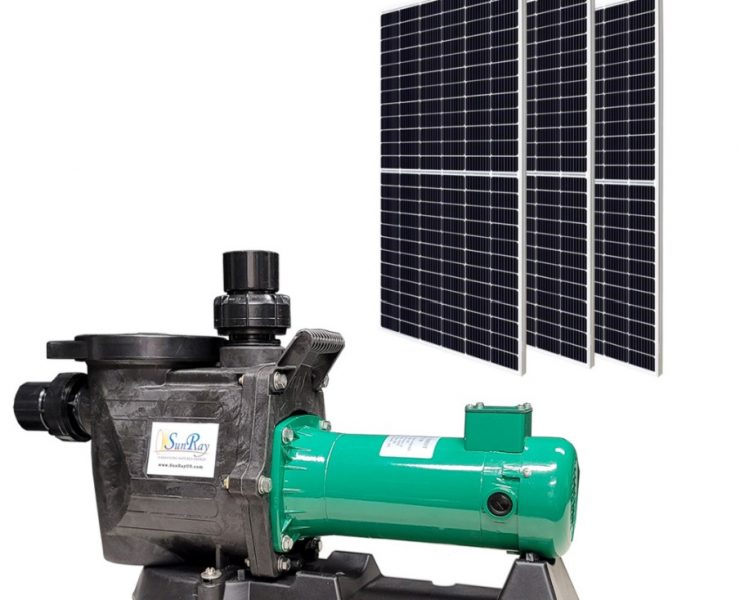Pools & Spas
Natural Currents (Dana Point, CA) manufacturers sun-powered high-speed pumps. Efficient water flow is prioritized to maintain strong water circulation, effective filtration and reliable water quality. The company’s line of SunRay pumps offer a zero-utility energy-based solution that exceeds all new energy laws and regulations, the company says.
Read More
While the meaning of “art” has been pondered for millennia, many of those who pursue creating art believe the answer lies in the finest details, and the struggle needed to achieve them. Jimmy Reed argues the installation process itself is the true essence of artistry and the only way to make gemstones from tile and water.
...
Swimming pools and chlorine have been synonymous for more than a century. Even today as alternative sanitizers and technologies designed to reduce, or some say eliminate, the use of chlorine, gain market share, products based on this most familiar element remain the workhorse of recreational water treatment.
...
The most beautiful bodies of man-made water aren’t worth much without the people who maintain them. The profound importance, and enduring nature, of the traditional independent pool service industry was on Eric Herman’s mind as he attended this year’s, forty fifth edition of the Western Pool & Spa Show.
...
Watershape University supports industry professionals across a spectrum of informational needs and topics. As the busy season approaches, with companies expanding their staff, WU online, on-demand programs are at the ready to ensure your staff is prepared to perform at the highest possible level.
...
The fabled Versace Mansion in Miami Beach is a place rich with history, luxury, style and even infamy. Now a boutique hotel, JC Escudero recently visited and photographed the historic property, taking a deep dive into the Versace legend, eclectic design tradition, and a rich taste of the good life.
...
Embracing change is not always easy, it can take courage, foresight, wisdom and sometimes luck. Veteran watershaper, Kevin Woodhurst has been through many such passages in his long career, but perhaps none more rewarding than a recent move to a new home and into a new chapter.
...
RB Retail and Service Solutions (Monroeville, PA) now offers a fully integrated construction software solution that is designed specifically for pool and outdoor living builders. This unique module tracks construction costs, inventory, and the actual progress of each job – with customizable notes, enabling builders to track the ongoing costs of construction work, and the physical progress of the project with job progress management. Learn more here.
Designing spaces for human use -- especially those of the recreational variety -- starts by understanding that the primary goal is to generate a positive emotional response, regardless of style, the size of the property or the client’s budget. That’s why Mike Farley considers the ways that different spatial configurations make his clients feel.
...
In its ongoing efforts to meet the industry’s demand for top-shelf education and training, Watershape University has come out strong in the first quarter of the year, and is now set for a tour de force set of offerings later this month.
...





















